In California, a day’s drive can take a visitor from record-setting desert heat to glaciated peaks to temperate rainforests with the world’s tallest trees. This astounding climatic and landscape diversity has helped create a biodiversity hotspot. California is also an economic hotspot – the 6th largest economy in the world – and is home to nearly 40 million people. The demand for land for new development and farms, along with accelerating climate change, puts tremendous stress on ecosystems, and the benefits they provide.
The state’s legacy of conservation has created a network of natural and working lands that benefit people by supplying clean water, capturing carbon, and directly contributing to the state’s economic and cultural vitality through recreation, tourism, and agricultural production. Conservancy scientists work across the spectrum of ecosystem types and human land uses, to advance conservation goals that also contribute to the well-being of people in those places.
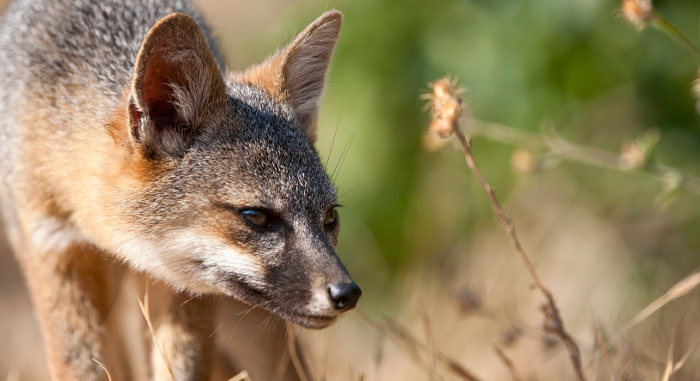
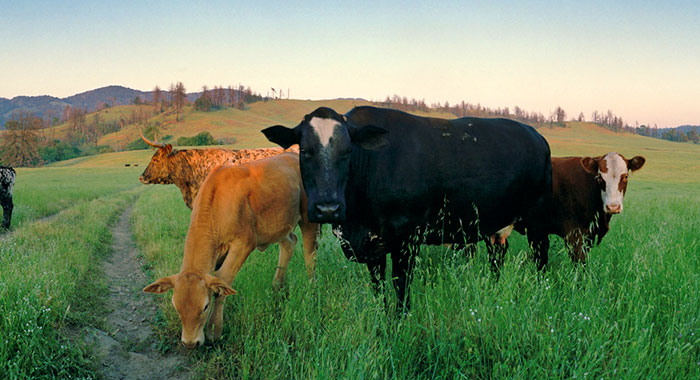
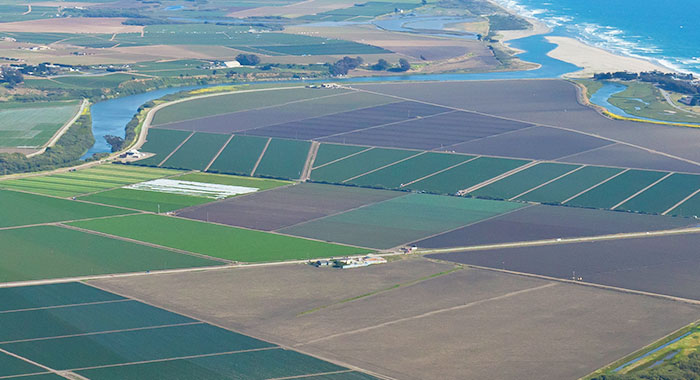

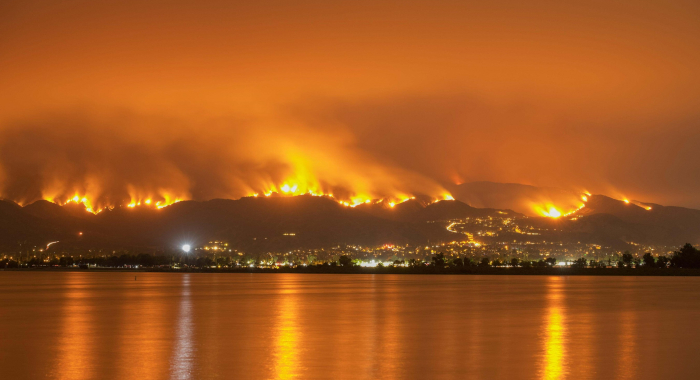
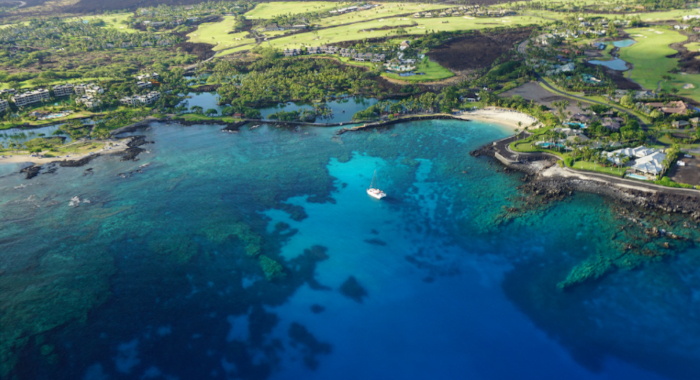
Naomi S. Fraga, Brian S. Cohen, Andy Zdon, Maura Palacios Mejia, Sophie S. Parker
This paper presents novel botanical inventories of 48 desert springs as part of the Mojave Springs Research Project. The authors assess plant species composition and richness within and between…Grace C. Wu, Ryan A. Jones, Emily Leslie, James H. Williams, Andrew Pascale, Erica Brand, Sophie Parker, Brian Cohen, Joseph Fargione, Julia Souder, Maya Batres, Mary G. Gleason, Michael H. Schindel, Charlotte K. Stanley
This paper presents the results of the Power of Place-West project. The authors combined energy modeling with ecosystem and wildlife habitat data to determine the costs and impacts associated with…Erin E. Conlisk, Kristin B. Byrd, Elliot Matchett, Austin A. Lorenz, Michael Casazza, Gregory H. Golet, Mark D. Reynolds, Kristin A. Sesser, and Matthew E. Reiter
Landscape-scale wetland conservation requires understanding how wildlife responds to dynamic freshwater habitat availability. This study examined this for dabbling ducks by comparing habitat…Charles J. Maxwell, Robert M. Scheller, Kristen N. Wilson, Patricia N. Manley
The authors hypothesized that mimicking the historic fire-return interval, by matching it with the combined frequency of natural disturbances (wildfire) and management (i.e., thinning and…Chris J. Lortie, Alex Fillazola, Mike Westphal, H. Scott Butterfield
Drylands globally, and those plant and animal species in these systems, face increasing challenges from extreme drought. In California, the most recent megadrought allowed us to document for native…The Nature Conservancy
A 2022 report, Learning to Live with Fire in Forest Communities, highlights the science and benefits of fire-resilient community design. TNC partnered with key stakeholders in the…The Nature Conservancy, FEMA, Nonlinear Ventures, radbridge, Earth Economics
To address the increasing risk of catastrophic flooding, wildfire and other climate-related threats, communities are pursuing nature-based solutions (NBS) and seeking FEMA hazard mitigation funds to…Victor Y. Zhang, Calypso N. Gagorik, Lara J. Brenner, Christina L. Boser, Tad C. Theimer, C. Loren Buck
Despite occupying similar niches in a relatively resource-poor environment, island foxes and island spotted skunks have coexisted for years through fine-scale spatial, temporal, and dietary niche…Patricia N. Manley, Nicholas A. Povak, Kristen Wilson, Kristen Wilson, Mary Lou Fairweather, Vivian Griffey
The Blueprint is a set of strategy maps that identify opportunities for forest protection and adaptation across a 2.4-million-acre region of the central Sierra Nevada. It uses a novel application of…Maura Palacios Mejia, Connie Rojas, Emily Curd, Mark Renshaw, Kiumars Edalati, Beverly Shih, Nitin Vincent, Meixi Lin, Peggy Nguyen, Robert Wayne, Kelsey Jessup, Sophie Parker
This paper presents results from a study conducted at TNC’s multi-benefit stormwater management and habitat enhancement project site adjacent to the Los Angeles River. Due to a history of…Daniel Sousa, Frank W. Davis, Kelly Easterday, Mark Reynolds, Laura Riege, H. Scott Butterfield, Moses Katkowski
This paper details a first of its kind approach to land classification, using random forests and multivariate regression trees and historical Landsat satellite imagery to map and then assess changes…Sophie S. Parker, Linnea S. Hall, Mary J. Whitfield, Laura Riege, Kathryn R. Selm, René Corado
This paper presents results from a field-based study that can be used to benefit songbirds in riverside habitats like those found along the Santa Clara River in Ventura County, California. Songbirds…Maria C. Viteri, Elizabeth A. Hadly
This paper investigates the ability of small protected spaces to conserve small mammal diversity in urban areas. The authors identified small mammal bones from both modern owl pellets and…Tamaki Bieri, Alyssa Mann
UC Santa Cruz (Austen E. Stovall, Michael W. Beck), The Nature Conservancy (Alyssa Mann, Tamaki Bieri), Radbridge/formerly Earth Economics (Johnny Mojica, Rowan Schmidt)
Climate change poses severe threats to coastal communities and the ecosystems on which they depend. Warming ocean temperatures increase the magnitude and frequency of storm and coral bleaching events,…The Nature Conservancy, Earth Economics
FEMA requires that hazard mitigation projects must be cost-effective to the federal government, as demonstrated in a Benefit-Cost Analysis (BCA), which compares the present value of a project’s…Sophie S. Parker, Bradley Franklin, Brian S. Cohen, Melissa M. Rohde, Michael Clifford, Andrew Williams
Climate change will cause severe financial, social, and environmental upheaval if a massive reduction in carbon emissions is not achieved by 2030. To address this challenge, rechargeable lithium-ion…Gregory. H. Golet, Kristen. E. Dybala, Matthew. E. Reiter, Kristin. A. Sesser, Mark Reynolds, Rodd Kelsey
Shorebirds have declined precipitously in North America in the last 50 years, primarily due to the loss of wetlands. Incentive programs that pay farmers to create temporary wetland habitat on idled…Heather Tallis, Joe Fargione, Edward Game, Rob McDonald, Leandro Baumgarten, Nirmal Bhagabati, Rane Cortez, Bronson Griscom, Jonathan Higgins, Christina M. Kennedy, Joe Kiesecker, Timm Kroeger, Trina Leberer, Jennifer McGowan, Lisa Mandle, Yuta J. Masuda, Scott Morrison, Sally Palmer, Rebecca Shirer, Priya Shyamsundar, Nicholas H.Wolff, and Hugh P. Possingham
Spatial analysis is a powerful tool in conservation planning. Yet it is often under-deployed as a means of elucidating which conservation actions may deliver the highest return on investment. This…